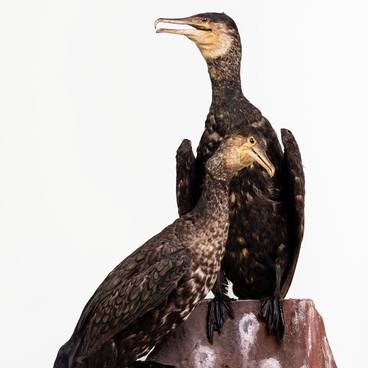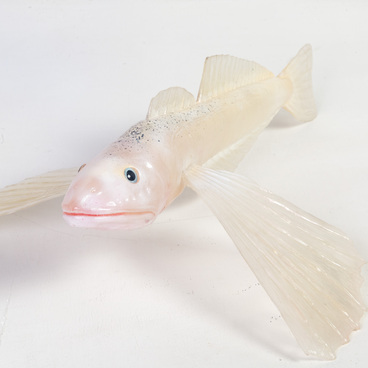Epischura is a copepod, and in the Earth’s ecosystem, copepods are one of the most important components of zooplankton. They are the main food for most fish and certain marine mammals, so their numbers and species diversity make up an important part of the planet’s biosphere.
Baikal epischura is one of the most famous endemics of the lake. The size of an adult crustacean is about 1.5 millimeters. Epischura inhabits the entire water column and forms up to 90 percent of the lake’s biomass. The crustacean plays an important role in the ecosystem of the reservoir being the source of food for the fish of Lake Baikal.
Its body consists of three parts, namely: the head, chest, and abdomen. Breathing is carried out by the entire surface of the body. The head has mouthparts, eyes, and two pairs of antennae. On the chest, there are the main swimming legs of the crustacean. They are flattened and similar to oars, for which it received its name “copepod”.
According to the type of its feed, the epischura is a filter. If to look at the mouthparts of a crustacean under a microscope, you can see the openwork intricacy of numerous bristles that form a fishing net in which bacteria, algae, and infusoria are entangled. During the day, the crustacean is able to filter about one glass of water, thereby participating in the purification of Baikal waters. This crustacean also consumes the bulk of Baikal algae and is an important food item for the Baikal omul.
The female epischura bears eggs in a special egg sac, which can contain up to 60 eggs. The sac is flimsy, and if there is a slight external irritation, the female breaks it. Dropped eggs continue their development in the water, so the Baikal plankton often contains single eggs of this crustacean with embryos developing inside. Epischura, like all copepods, goes through 12 stages of development. The transition of crustaceans from one stage to another is accompanied by molting. In the adult state, the epischura does not grow. At any time of the year, all age groups of epischura can be found in the plankton of Lake Baikal, which indicates its continuous reproduction.
Baikal epischura is one of the most famous endemics of the lake. The size of an adult crustacean is about 1.5 millimeters. Epischura inhabits the entire water column and forms up to 90 percent of the lake’s biomass. The crustacean plays an important role in the ecosystem of the reservoir being the source of food for the fish of Lake Baikal.
Its body consists of three parts, namely: the head, chest, and abdomen. Breathing is carried out by the entire surface of the body. The head has mouthparts, eyes, and two pairs of antennae. On the chest, there are the main swimming legs of the crustacean. They are flattened and similar to oars, for which it received its name “copepod”.
According to the type of its feed, the epischura is a filter. If to look at the mouthparts of a crustacean under a microscope, you can see the openwork intricacy of numerous bristles that form a fishing net in which bacteria, algae, and infusoria are entangled. During the day, the crustacean is able to filter about one glass of water, thereby participating in the purification of Baikal waters. This crustacean also consumes the bulk of Baikal algae and is an important food item for the Baikal omul.
The female epischura bears eggs in a special egg sac, which can contain up to 60 eggs. The sac is flimsy, and if there is a slight external irritation, the female breaks it. Dropped eggs continue their development in the water, so the Baikal plankton often contains single eggs of this crustacean with embryos developing inside. Epischura, like all copepods, goes through 12 stages of development. The transition of crustaceans from one stage to another is accompanied by molting. In the adult state, the epischura does not grow. At any time of the year, all age groups of epischura can be found in the plankton of Lake Baikal, which indicates its continuous reproduction.



